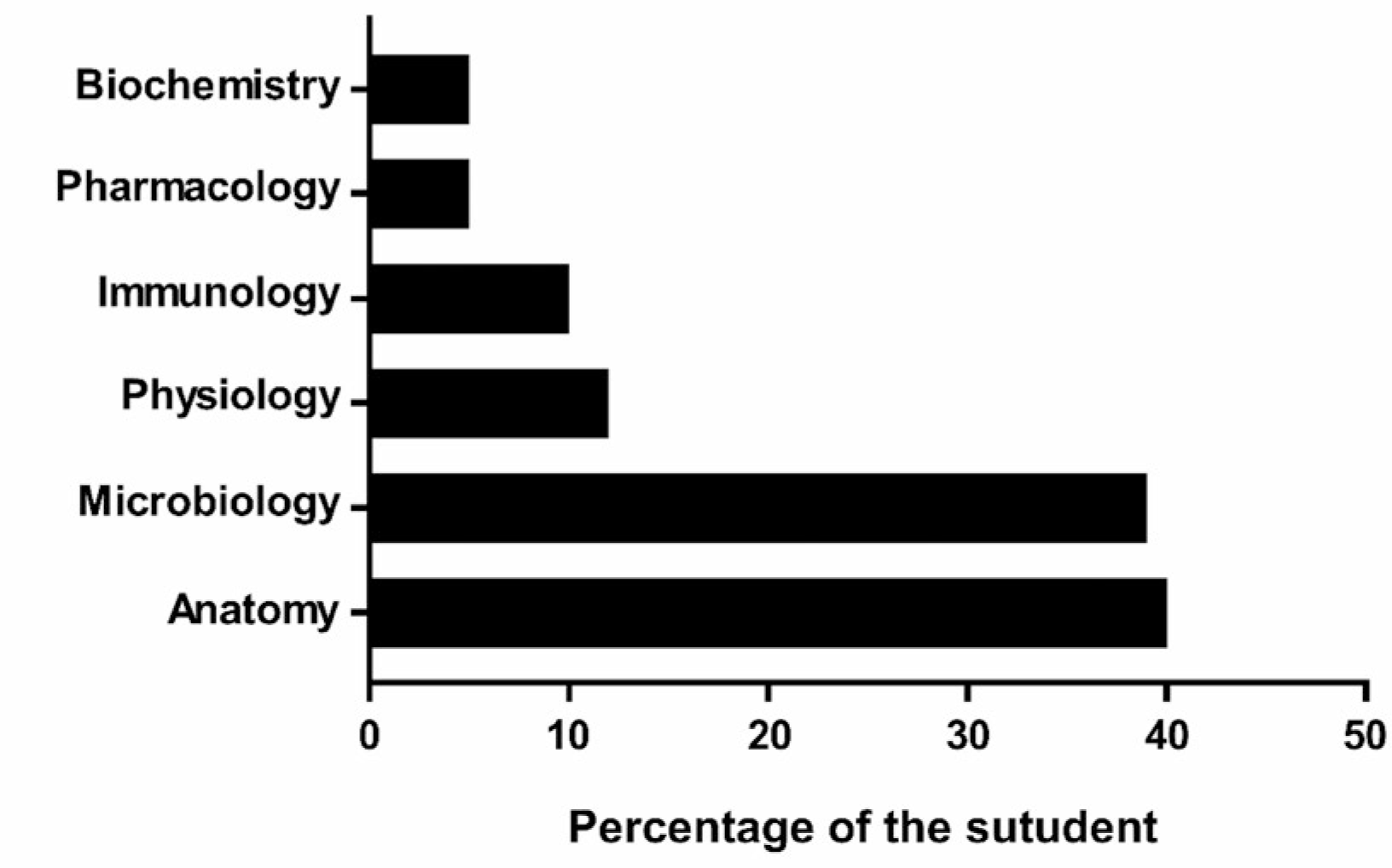Abstract
In recent years, the use of smartphone applications for education is increasing. Although applications are being used for various educational aspects such as exams, the study of medical educational application is lacking. This study aims to investigate the effect of educational applications on medical education by analyzing the utility of and satisfaction with educational applications for histology courses in medical schools. The researcher employed an application called “BAND” that can be used to upload and share microscopic figures taken during histology lectures. A total of 82 first-grade students from Keimyung University Medical School who participated in this study expressed satisfaction with using “BAND”. A total of 68 (83%) students were satisfied with learning histology through the application, and 72 (88%) students indicated that using the application was greatly helpful for the organizational practice test and expressed overall satisfaction with the application use. This benefit was because of easy contact (29.9%), searching ability (29.9%), and memory with humorous methods by friends (20.7%). And it application is most helpful during epithelium section (20.8%) and student want to use this application for anatomy (40.3%) or microbiology (38.8%) practices. The study results imply the need for further research so that the educational application can be used in various medical education fields in the future.
References
1. Andrews S, Ellis DA, Shaw H, Piwek L. Beyond self-report: tools to compare estimated and real-world smartphone use. PLoS One. 2015; 10:e0139004.

2. Payne KB, Wharrad H, Watts K. Smartphone and medical related App use among medical students and junior doctors in the United Kingdom (UK): a regional survey. BMC Med Inform Decis Mak. 2012; 12:121.

3. Martin F, Ertzberger J. Here and now mobile learning: An experimental study on the use of mobile technology. Computers & Education. 2013; 68:76–85.

4. Papadakis S, Kalogiannakis M, Zaranis N. Educational apps from the Android Google Play for Greek preschoolers: A systematic review. Computers & Education. 2018; 116:139–60.

5. Davies BS, Rafique J, Vincent TR, Fairclough J, Packer MH, Vincent R, et al. Mobile Medical Education (MoMEd)-how mobile information resources contribute to learning for undergraduate clinical students-a mixed methods study. BMC Medical Education. 2012; 12:1.

6. Pickering JD, Bickerdike SR. Medical student use of Face-book to support preparation for anatomy assessments. Anat Sci Educ. 2017; 10:205–14.

7. Hennessy CM, Kirkpatrick E, Smith CF, Border S. Social media and anatomy education: Using twitter to enhance the student learning experience in anatomy. Anat Sci Educ. 2016; 9:505–15.

8. Park KH, Park JH, Kim S, Rhee J, Kim JH, Ahn YJ, et al. Students'perception of the educational environment of medical schools in Korea: findings from a nationwide survey. Korean J Med Educ. 2015; 27:117–30.
9. Küçük S, Kapakin S, Göktaş Y. Learning anatomy via mobile augmented reality: Effects on achievement and cognitive load. Anat Sci Educ. 2016; 9:411–21.

10. Evans DJ, Cuffe T. Near-peer teaching in anatomy: An approach for deeper learning. Anat Sci Educ. 2009; 2:227–33.





 PDF
PDF ePub
ePub Citation
Citation Print
Print






 XML Download
XML Download